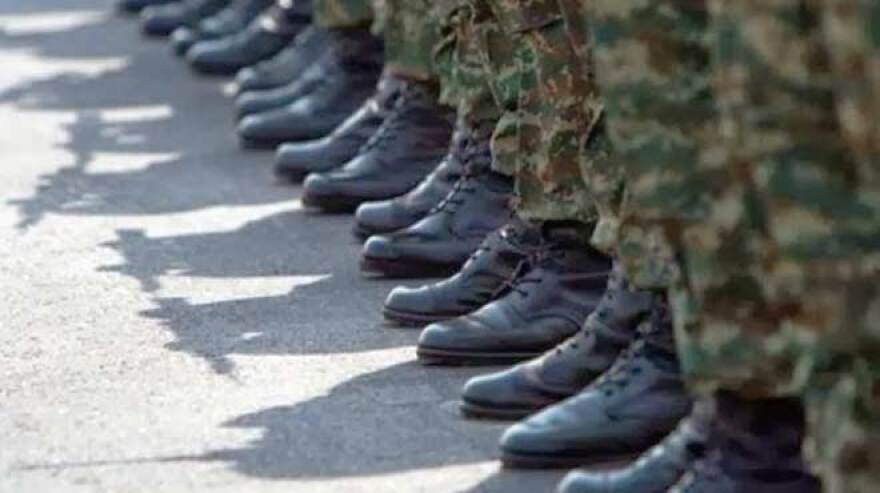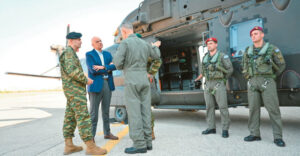With the advent of 2025, radical changes in the structure of the Armed Forces become visible, as the fluid geopolitical conditions both internationally and regionally have accelerated the reconstruction of the Greek war machine.
Following the approval of the new structure of the Armed Forces by broad consensus and secrecy procedures by the Greek parliament, the extraordinary crises late this week marked the start of the next phase, which, according to reliable sources, provides for mergers of units as well as mergers of tasks.
Distribution in duties
Specifically, the number of senior staff members is being reduced with the objectives of both rationalization in terms of manpower allocation and flexibility of the Armed Forces to enable them to adapt rapidly to the rapidly changing global landscape.
In practice, it is expected to change the way of evaluation based on the capabilities of permanent staff, while the attempted reform also includes mergers of tasks at the highest levels of the hierarchy. For example, the deputy chief of the Joint Chiefs of Staff will also serve as an inspector, while the commander of the Construction and Natural Disaster Response Command (DIKAFKA) will be in charge of the mergers envisaged in the new structure.
Lessons from the wars
Adapted to the requirements of the new Armed Forces structure will also reportedly be the new arms program with a ten-year horizon for all branches, which is expected to be presented by the Minister of National Defense, Nikos Dendias, by the end of next month.
At its core, and to prioritize needs after the “memorandum drought,” the new arms program will respond to modern operational needs, as the staff have worked out not only the lessons learned from the ongoing conflicts in the Middle East and Ukraine but also the presence of weapons systems in the wider region, ranging from Azerbaijan to Syria.
Specifically, the new arms program includes, among other things:
■ Strengthening air defense with the dual-dome operation: anti-missile and anti-drone.
■ Upgrading the country’s deterrent capabilities through rocket artillery.
■ Transnational deployment of drone (UAV) and anti-drone systems.
■ Unmanned Surface Vessels (USVs) and Unmanned Underwater Vessels (UUVs).
■ “Fighter Suit”, which will transmit real-time data on the wearer’s physical condition.
Especially in the case of autonomous systems, beyond their ability to collect data, but also to detect and identify any threats, both USVs and UUVs are among the most dynamic fields of military technology internationally, as they increase efficiency, but also drastically reduce the risk to the Armed Forces’ manpower.
Already, Turkey has included autonomous underwater systems in the range of unmanned systems it is systematically developing, most famously the “Salahi” (“Rüzgar”) UUV, which was designed for missions such as submarine tracking, maritime surveillance, and operational capability against strategic targets underwater, such as undersea cables.
In a transitional period internationally in terms of how warfare is conducted, unmanned systems, airborne and otherwise, have become a focus of interest for the Greek Ministry of National Defence as well, with the minister traveling to the US to learn about the latest technological developments in the sector. According to reports, the Defense Minister will visit relevant centers in Chicago and Oklahoma, as the latter ranks first in the industry in terms of drone readiness.
Ask me anything
Explore related questions





